The US Accounts Chamber disclosed the cost of operating combat aircraft
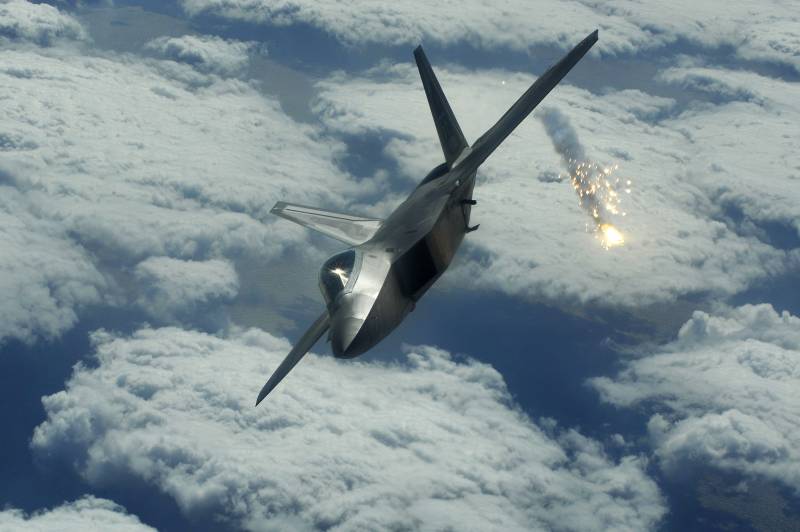
On November 10, the U.S. Government Accountability Office (GAO) published a report titled “Weapon System Sustainment. Aircraft Mission Capable Goals Were Generally Not Met and Sustainment Costs Varied by Aircraft, dedicated to the state, combat readiness and cost of operating combat aviation armed forces. Of particular interest in this report are information of a financial nature. GAO discloses both the total cost of maintaining aviation and the average cost of operating equipment of different types.
General indicators
The new report examines various indicators of the Pentagon's manned aircraft in all its diversity. All planes, helicopters and convertiplanes in service with the air force, navy, and ground forces were subjected to study. The authors of the report took into account the degree of combat readiness of equipment, the cost of its operation and other indicators.
In order to get a more detailed picture, indicators were considered and compared between 2011 and 2021. Due to this, it was possible not only to establish the current state of affairs, but also to identify various trends, positive or negative. Their analysis will make it possible to make more accurate forecasts and take the necessary measures.
The US military currently has nearly 9300 aircraft, helicopters and tiltrotor aircraft, according to GAO estimates. There are 45 types and models of such equipment. At the same time, modifications of one aircraft can be considered as one type or as different - depending on various factors.
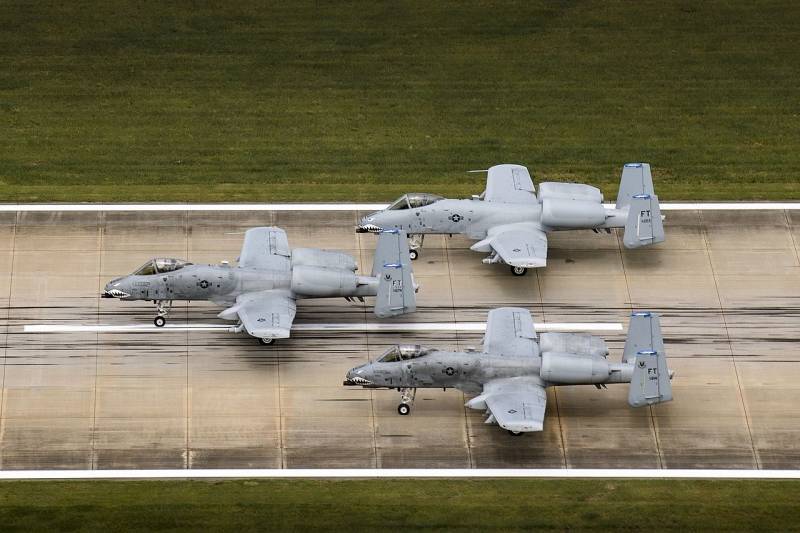
In FY2020 approx. 54 billion dollars. This is almost 2,9 billion dollars less than in 2011 (in terms of modern prices). At the same time, the structure of expenditures and their distribution by type of armed forces has changed slightly. So, over the course of a decade, due to changes in strategies and the corresponding fluctuations in the number of equipment, the cost of the Air Force and army aviation decreased. At the same time, spending on naval aviation increased.
Throughout the period under review, there are difficulties in ensuring the level of combat capability set by the standards. Of the entire fleet available, only the UH-1N helicopters of the air force have always fully met such requirements. At the same time, some samples of equipment in 2011-21. never crossed the predetermined threshold of readiness.
tactical cost
Of particular interest in the GAO report are operational and financial data for all types of aircraft in service. The total flight time for each type of vehicle for 2020 is given, the average flight time per one in 2021. The average cost of operating each aircraft and helicopter and the cost of a flight hour are also calculated - according to 2020 data.
In the field of tactical aviation, the F-22A fighter turned out to be the most expensive to operate. For each of the 186 aircraft of this type, 12,55 million dollars were spent. The cost of a flight hour exceeded 85,3 thousand dollars. At the same time, the cost of a flight hour fell by 2019% compared to 13,4. The newer F-35 proved to be cheaper to operate. For 365 aircraft of this type, it took $8,22 million each. An hour of flight cost less than $42, and this figure decreased by only 2,4% compared to 2019.
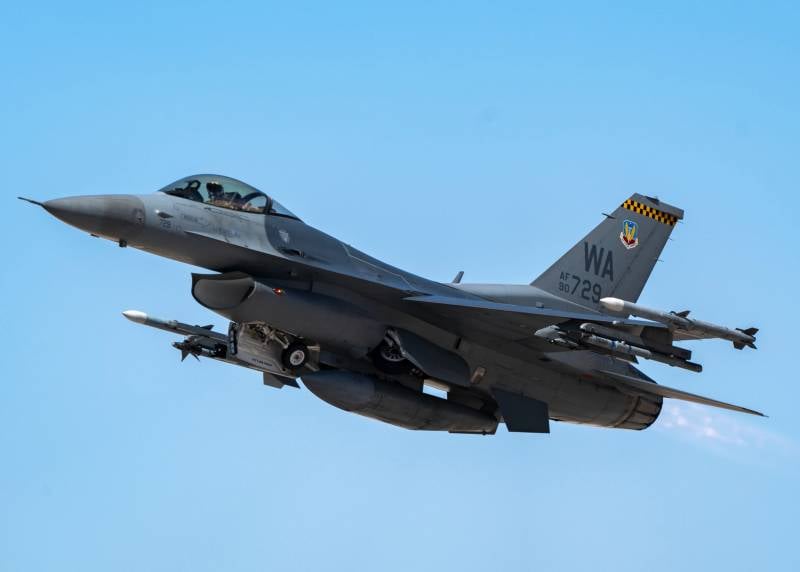
234 F-15C/Ds and 218 newer F-15Es remain in service. The operation of such aircraft in 2020 cost $6,23 and $9,16 million, respectively. The flight hour of the older modifications "C / D" cost almost 36,7 thousand dollars, and for the "E" this figure did not exceed 33,2 thousand dollars. Compared to 2019, the flight hour of the F-15C / D and F-15E went up by 4,2 and 7,6 percent. respectively.
The Naval Aviation continues to operate 305 F/A-18A/D fighters and 530 newer F/A-18E/Fs. Annual expenses for such equipment amounted to 5,98 and 7,5 million dollars for each aircraft, respectively. A flight hour for an older fighter cost $50,8, while modern E/Fs cost only $30,4. The fleet also has 131 EA-18G RTR/EW aircraft. Their operation required $8,15 million each; a flight hour cost $27. Flights for all versions of the F/A-18 also went up in price. For "A/D" growth exceeded 4%, for "E/F" it reached 7,2%.
936 F-16 fighters remain the most important component of the Air Force's tactical aviation. The operation of each such machine in 2020 cost $4,6 million, while the cost of a flight hour was less than $27. In this case, the cost of a flight hour increased by 16,3% over the year.
The A-10C attack aircraft turned out to be the cheapest in terms of operation. Its flight hour costs only 22,5 thousand dollars, which is only 4,5% more than in the previous year. At the same time, a little more than 281 million dollars was spent on each of the 2020 combat aircraft in 6.
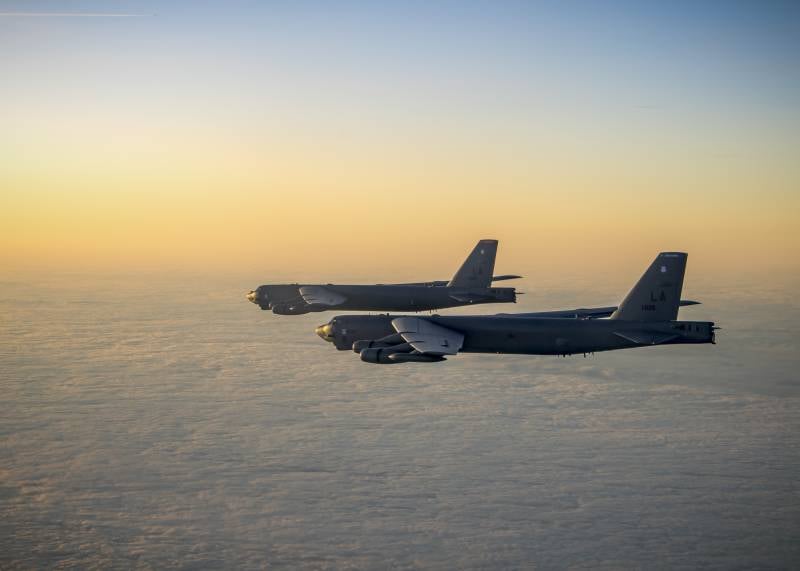
Strategic spending
Long-range aviation has special features - and a corresponding operating cost. The most expensive in terms of spending in 2020 was the B-2A stealth bomber. For each of 20 such machines, 41 million dollars had to be spent. The cost of a flight hour increased by 2019% compared to 10 and exceeded 150,7 thousand dollars.
However, the supersonic B-1B became the most expensive in terms of the cost of a flight hour - approx. 173 thousand dollars. The annual growth of this indicator amounted to a record 38%. At the same time, 62 million dollars were spent on the operation of 19 bombers, i.e. half that of the B-2A.
The best economic results were shown by the old and well-deserved B-52H. There are 76 such aircraft in service, and the maintenance of each costs 16,6 million dollars. The cost of a flight hour does not exceed 88,4 thousand dollars, and over the year it has grown by only 4,4%.
Helicopter costs
The main attack helicopter of the US military is the AH-64D/E. There are 648 such machines in service, and they are distinguished by good economic indicators. In 2020, the operation of each such helicopter cost only 910 thousand dollars. The flight hour cost 5171 dollars, which is 5,6% more than the cost of 2019. Upgraded AH-1Z in the amount of 143 units. turned out to be less profitable. Almost 3,4 million dollars were spent on each of them, while the cost of an hour of flight was approx. 20,6 thousand dollars - 16,7% more than a year earlier.
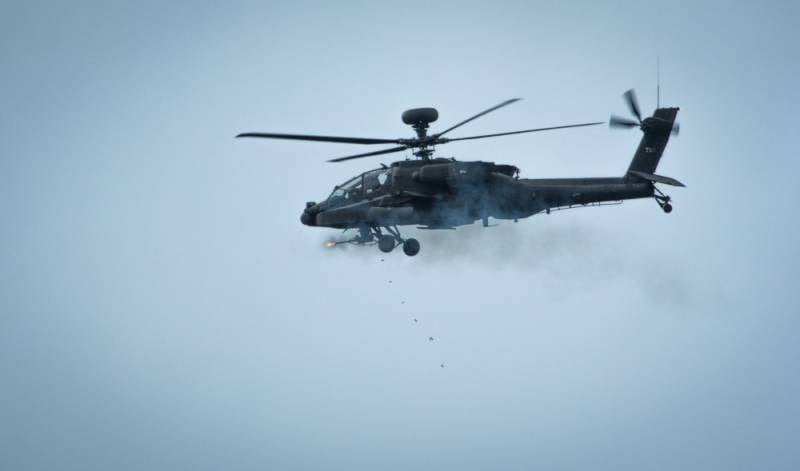
The most massive Pentagon helicopter is the multi-purpose UH / HH-60 - in 2020, 1968 units were in service. Each of them spent $430 per year. An hour of flight went up by 7,6% and cost $3116. An important place in logistics is occupied by a heavy transport helicopter CH-47F. For 417 machines of this type in 2020, it took 550 thousand dollars. The cost of a flight hour did not exceed 3920 dollars, and its growth was only 1%.
Older transport UH-1N, despite all the upgrades, turned out to be less profitable. 63 such helicopters demanded $4,84 million each. The cost of a flight hour almost reached $14,5 thousand, although its growth was only 5,6%.
Of particular interest are the performance of the tiltrotor MV-22B. There are 301 such machines in operation, and in 2020 each of them required $6,33 million. - 42,8%.
Difficult and expensive
A new GAO report on the state of US military aviation and the cost of maintaining it points to a number of interesting phenomena and trends. First of all, it clearly shows that the construction and maintenance of a large fleet planes and helicopters is a very expensive affair. The operation of the existing 9300 aircraft alone takes about $54 billion a year.
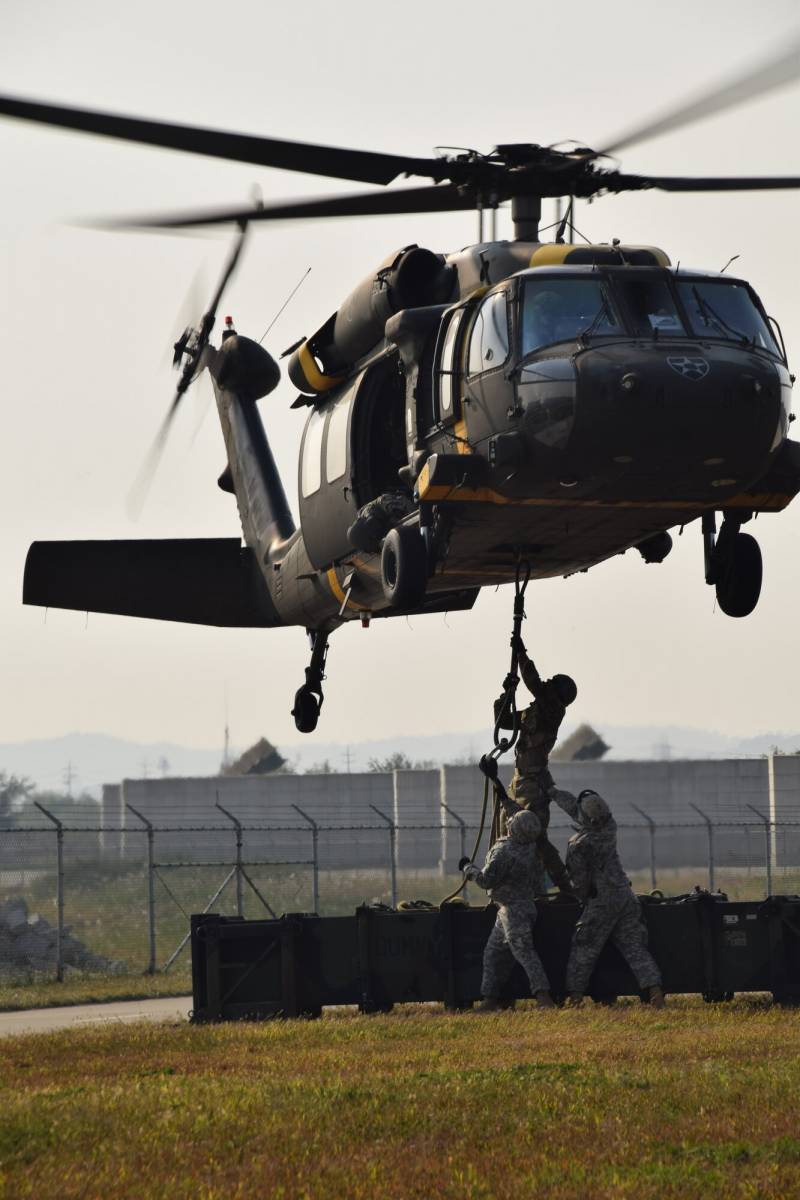
Once again, it is confirmed that the cost of maintaining and operating equipment is directly proportional to its complexity. This is especially evident in the field of tactical aviation: in terms of the cost of service and flights, the modern F-22A fighter is several times more expensive than the old A-10C attack aircraft. A good example of complexity and high cost is also the tiltrotor MV-22B.
At the same time, quantitative aspects in the form of funding volumes are only limitedly related to qualitative indicators. Despite all the spending and various activities, the state of the Air Force, naval and army aviation is far from ideal. The combat readiness of various types of equipment does not exceed 70-80 percent. In the case of individual samples, it is not possible to reach the required level for a long time.
New tasks
It should be noted that despite all these problems, US military aviation remains numerous and shows acceptable combat capability, and is also capable of solving the bulk of its tasks. Despite all the restrictions, various training events are regularly held, during which the available forces and means show their abilities.
However, this state of affairs is considered unacceptable. It is necessary to take organizational, technical and other measures aimed at increasing combat capability and reducing costs. Whether it will be possible to do this and bring the performance of the air fleet to an acceptable level is unknown.
Information